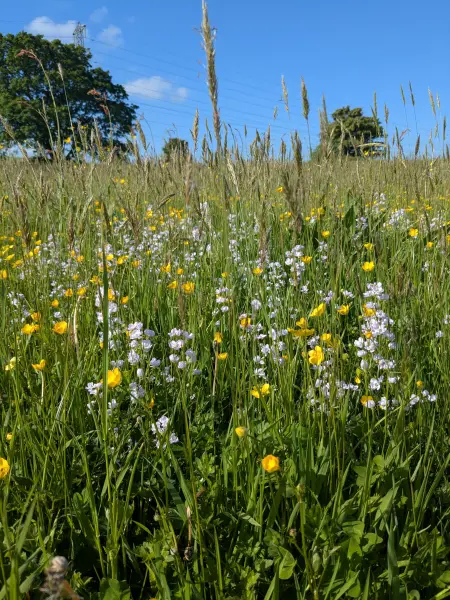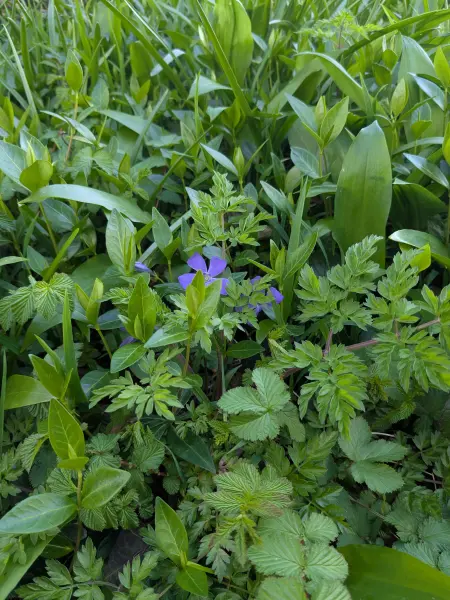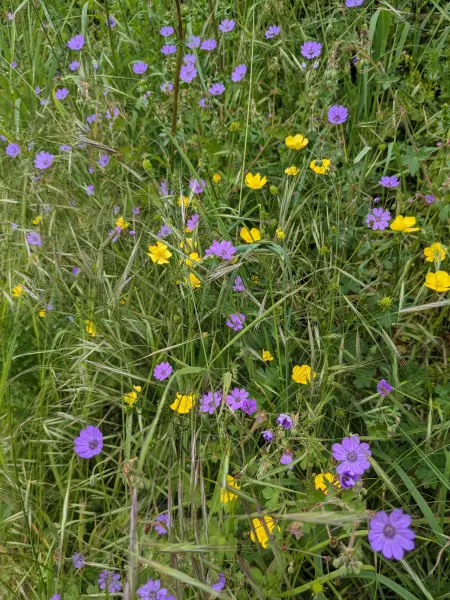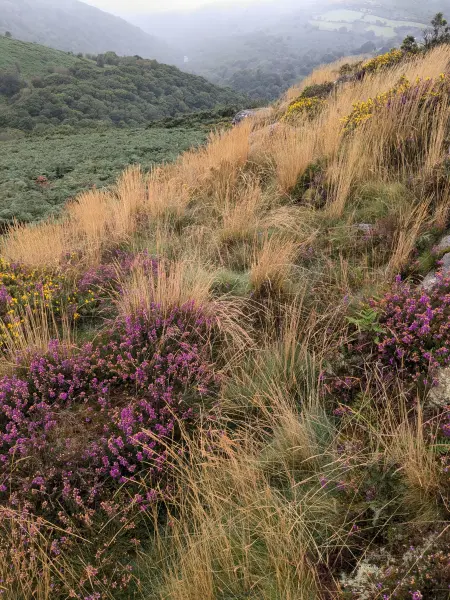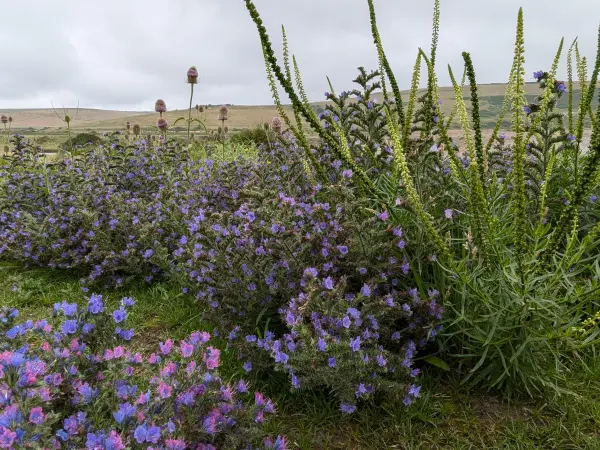A life long interest and wonder in the natural world lead me to start a career in horticulture in 2007. Since then I've had the pleasure of working with/in a myriad of inspiring and influential people/places.
I grew up in Devon and trained at Bristol College and The University Botanic Garden before embarking on a professional career. My roles have included head gardener for private estates and gardens, where I implemented projects by leading designers, planting/garden design. I’ve also taught horticulture and worked in organic market gardening and community-focused projects.
This varied and rich experience has given me an invaluable hands-on experience and a deep understanding of how plants grow, behave, thrive, fail and tolerate. Joyfully, they still continue to surprise.
I study and learn whenever possible to expand my knowledge — notably at West Dean College and The Apricot Centre, and the inimitable Serge Hill Plant Library.

Ragged robin (Lychnis flos-cuculi) mingling with the strappy rushes and fresh lime green of young hemlock leaves.
The Cuckoo Flower (Cardamine pratensis) and creeping buttercup (Ranunculus repens) harmoniously growing side by side in this meadow community.
Wild garlic, meadowsweet, vinca minor, bluebells, anthriscus - all bar the vinca in only leaf and offering a luxuriant balance of leaf textures in a tiny area of woodland.
Hedgerow Cranesbill (Geranium pyrenaicum), the natural form of Geranium ‘Bill Wallis’, dancing with buttercups (Ranunculus repens) on the side of a Devon lane. A simple and elegant colour pairing.
The wilds of Dartmoor always offer inspiration - low, golden tussocks of Deschampsia flexuosa offering the perfect foil for the purple of Erica cinera and yellow of Ulex europaeus.
This incredible plant community is thriving in the pebbles at Cuckmere Haven, East Sussex. Viper’s Bugloss (Echium vulgare), Dyer’s Rocket (Reseda luteola) and teasel (Dipsacus fullonum).


